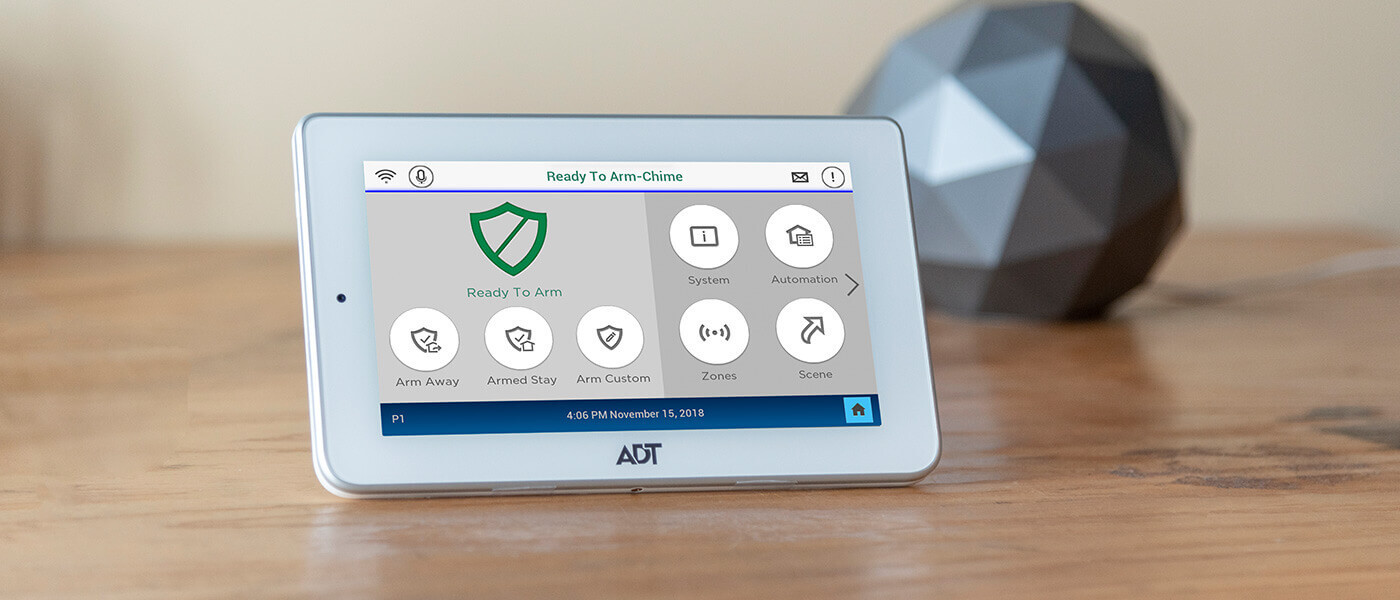
Although investing in a home security system will do a lot to deter burglars, it doesn’t guarantee protection. So as with all things security and safety related, it’s best to be prepared for the worst. (And if you haven’t invested in a home security system, you definitely want to be prepared for the worst!)
One way to prepare is an inventory of your possessions, so you can be reimbursed by your insurance company should such bad luck befall you. Such an inventory will help in the case of a natural disaster or a fire too.
When you set out to make it, remember that you’re creating a home inventory in order to be reimbursed in the case of loss. Keep that in mind, and the task will seem less daunting, because you’ll have a better idea for what to document and what kind of information to include about each item.
At a bare minimum, here’s the information you should try to record for anything you might need to be reimbursed for:
- A description
- A photo
- When you bought it (or came into possession of it)
- What it’s worth (and a receipt if you have it)
Keep in mind that not everything will have an exact value. You might have paid $1,200 for that television, and that’s an easy value to compute—especially if you have a receipt. But the value of your grandmother’s oil painting is likely harder to estimate, so document what you can about items like that, such as the age, origin and size. This is where your photos will be important too!
Tips for creating a home inventory
Now the next question is, how to tackle such a task? Experts say tackle it room by room and tackle it in person, meaning don’t try to do to an inventory of your possessions from memory. Suggestions also include videotaping whole rooms and individual items, or even using a tape recorder to document your possessions as you look at them.
After you’ve gone through each room, also think outside of your home too. Inventory the items in your garage, for example, and other outbuildings such as storage sheds. For example, for us that includes doing an inventory of items in the barn such as saddles and other tack.
To make the job easier, the Insurance Information Institute has good advice on how to do a home inventory, as well as links to the Know Your Stuff® apps for doing a home inventory using your smartphone, and a web-based version of Know Your Stuff if you’d prefer to do the inventory on your computer or laptop.
Once you’ve recorded everything you currently own, try to get into the habit of documenting items as they come into your home. I realize that your first thought when you get a new gizmo will not be, “I’d better record that for insurance purposes,” but try to keep your home inventory up-to-date the best you can because you never know when a disaster might strike.
What to do with your inventory when you’re done
Then there’s the issue of where to keep this inventory. For ours, I plan to create a digital version and store it in my office on a thumb drive, and I also plan to create two hard copies (i.e. old-fashioned paper versions), one to keep at home and one to store off-site at a relative’s.
Doing a home inventory offers peace of mind, but it will will also speed up your claims process with your insurance company if you should need it. In addition, if you are going to claim losses on your tax return, you’ll be prepared with the right information.









